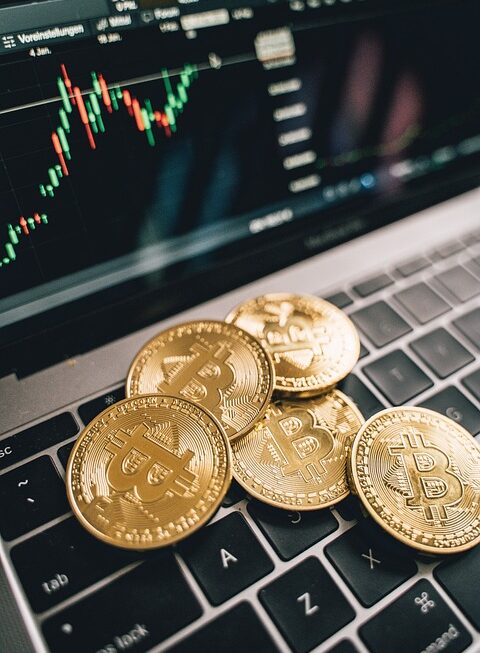Decentralized finance, also known as DeFi, is a rapidly growing sector of the cryptocurrency and blockchain industry. In recent years, DeFi has gained traction as a new way to access financial services in a decentralized manner, bypassing traditional financial institutions like banks. But what exactly is DeFi and how does it work? Let’s break down the basics of decentralized finance.
At its core, DeFi refers to a decentralized system that offers financial services using blockchain technology. This means that there is no central authority or intermediary controlling the system, which gives users more control and autonomy over their finances. Unlike traditional financial services, which rely on centralized institutions to facilitate transactions and manage assets, DeFi operates through smart contracts on a decentralized network.
One of the key features of DeFi is the use of smart contracts, which are self-executing contracts with the terms of the agreement directly written into code. These contracts automatically execute transactions when certain conditions are met, eliminating the need for intermediaries to facilitate the transfer of assets. By using smart contracts, DeFi platforms can offer a wide range of financial services, such as lending, borrowing, trading, and liquidity provision, in a decentralized and trustless manner.
Another important aspect of DeFi is its interoperability, which allows different DeFi platforms to communicate and interact with each other. This means that users can access a variety of financial services from different platforms without having to go through a centralized entity. This interoperability also enables users to easily move assets between different DeFi protocols, creating a seamless and efficient way to manage their finances.
One of the most popular applications of DeFi is decentralized lending and borrowing, where users can borrow assets by providing collateral in the form of cryptocurrencies. In a decentralized lending platform, users can lend their assets to borrowers and earn interest on their holdings. This provides an alternative to traditional lending services, which are often subject to high fees and lengthy approval processes.
Another popular DeFi application is decentralized exchanges, which allow users to trade cryptocurrencies directly with each other without the need for a centralized intermediary. By using decentralized exchanges, users can trade assets in a peer-to-peer manner, reducing the risk of fraud and censorship.
Overall, DeFi is revolutionizing the way we access financial services by offering a decentralized and accessible alternative to traditional banking. By leveraging blockchain technology and smart contracts, DeFi platforms provide users with greater control over their finances and eliminate the need for intermediaries. As the DeFi sector continues to grow and innovate, we can expect to see even more decentralized financial services being developed, creating new opportunities for users to engage with the global financial system.




